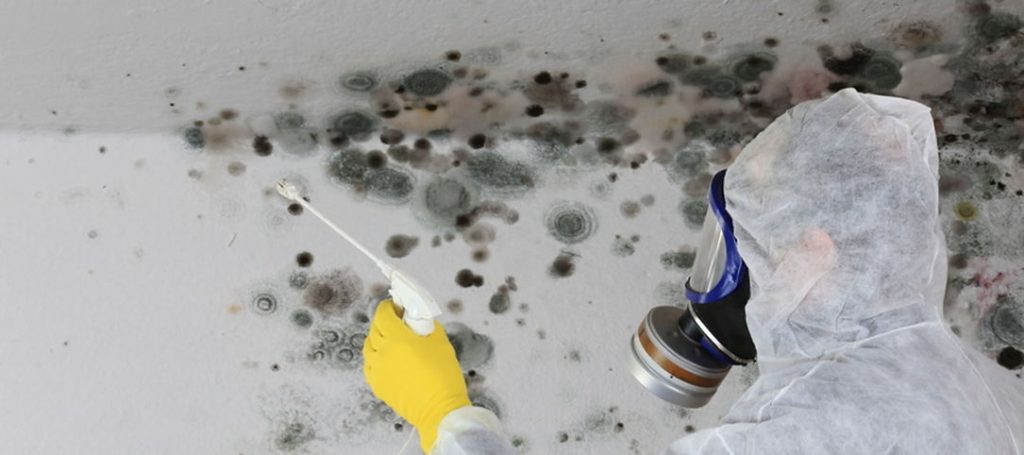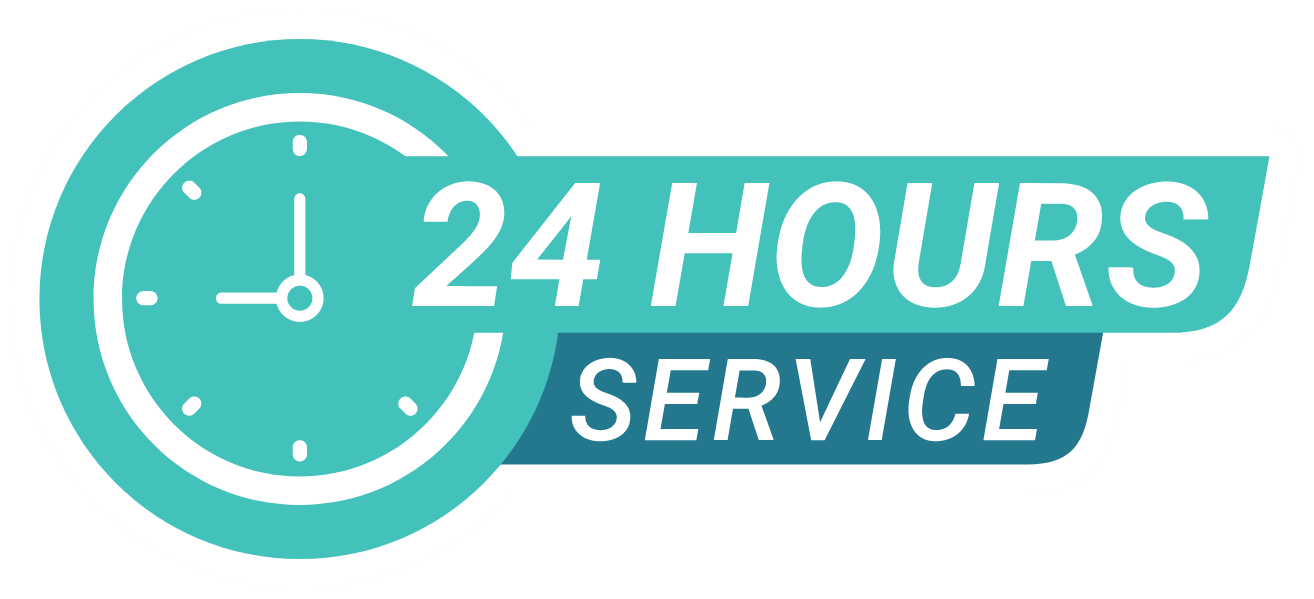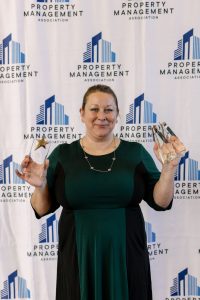
Mold is one of those silent invaders that can cause serious damage to your home and health before you even realize it’s there. If you’re a homeowner or property manager in Maryland, Washington D.C., or Virginia, you’ve likely encountered mold issues – maybe even repeatedly. One of the most frustrating aspects of mold damage is its tendency to return even after treatment. So, why does mold keep coming back, and how can you stop it for good?
Let’s break down the causes and explore effective strategies for permanent mold remediation.
Understanding the Root of Mold Damage
Mold is a type of fungus that thrives in moist, dark, and poorly ventilated environments. When spores find the right conditions, they multiply quickly, colonizing walls, ceilings, floors, and HVAC systems. Mold damage doesn’t just affect the aesthetics of your home – it can lead to structural issues and serious respiratory problems.
Homes in the Mid-Atlantic region – especially in Maryland, Washington D.C., and Virginia – are particularly vulnerable due to the area’s humid summers, frequent rain, and older building stock. This climate creates an ideal breeding ground for mold, especially in basements, attics, and bathrooms.
Why Mold Keeps Coming Back
If you’ve already had mold cleaned up and it returned, you’re not alone. Here are the most common reasons mold damage recurs:
1. Incomplete Mold Remediation
Many homeowners attempt DIY solutions or hire general contractors who treat only the surface problem. Spraying bleach or repainting over moldy areas might offer temporary relief, but it doesn’t remove the root cause. Professional mold remediation involves identifying the source, removing all mold-infested materials, and treating the air to ensure spores are eliminated.
2. Persistent Moisture Problems
Mold needs moisture to grow. If leaks in your roof, plumbing, or foundation aren’t fixed, mold will return. High indoor humidity, often above 60%, also contributes to mold growth. Without addressing the moisture source, no amount of cleaning will keep mold away for long.
3. Poor Ventilation
Many homes in the D.C. Metro area were built before modern ventilation standards were implemented. Bathrooms without exhaust fans, sealed basements, and closed-off attics can trap moisture and create an ideal environment for mold to flourish.
4. Delayed Response
Waiting too long to address water damage – even a minor leak – gives mold time to grow and spread. In some cases, visible mold is just the tip of the iceberg, with colonies hidden inside walls or beneath flooring.
How to Stop Mold from Returning
To prevent recurring mold damage, you need a comprehensive and proactive approach:
1. Hire Certified Mold Remediation Experts
Effective mold remediation starts with a professional assessment. Reputable companies serving Maryland, Washington D.C., and Virginia will use specialized equipment to detect hidden mold and moisture. They’ll also follow industry-standard procedures to remove contaminated materials safely and prevent cross-contamination.
2. Control Indoor Humidity
Use dehumidifiers, especially in basements and crawl spaces. Aim to keep indoor humidity below 50%. Installing exhaust fans in high-moisture areas like bathrooms and kitchens also helps improve air circulation and prevent moisture buildup.
3. Fix Leaks Promptly
Inspect your roof, plumbing, windows, and foundation regularly. Any sign of a leak – no matter how small – should be addressed immediately to avoid long-term water intrusion.
4. Improve Ventilation
Ensure that your home’s HVAC system is properly maintained and includes fresh air intake. Consider adding vents or fans to areas prone to dampness. Regularly clean and replace HVAC filters to prevent mold spores from circulating through your home.
5. Use Mold-Resistant Materials
If you’re renovating or repairing damaged areas, opt for mold-resistant drywall, insulation, and paints. These materials are especially beneficial in flood-prone or humid parts of your home.
Don’t Ignore the Signs
If you notice musty odors, discolored walls, peeling paint, or recurring allergy-like symptoms, it might be time to call in the pros. Mold isn’t just a cosmetic issue – it’s a health hazard and a structural threat. Especially in the often-humid climates of Maryland, D.C., and Virginia, mold can thrive year-round if not properly managed.
Final Thoughts
Mold damage doesn’t have to be a recurring nightmare. With thorough mold remediation, vigilant maintenance, and a little knowledge, you can protect your home and your health. If you live in Maryland, Washington D.C., or Virginia, don’t take chances with mold. Contact certified mold specialists Tri State Restorations to assess your property and get peace of mind that the problem is truly gone – for good.
Sharing is caring!







